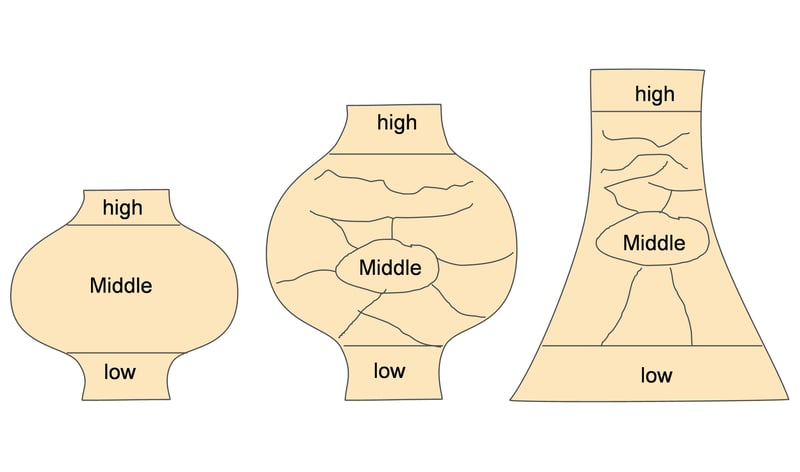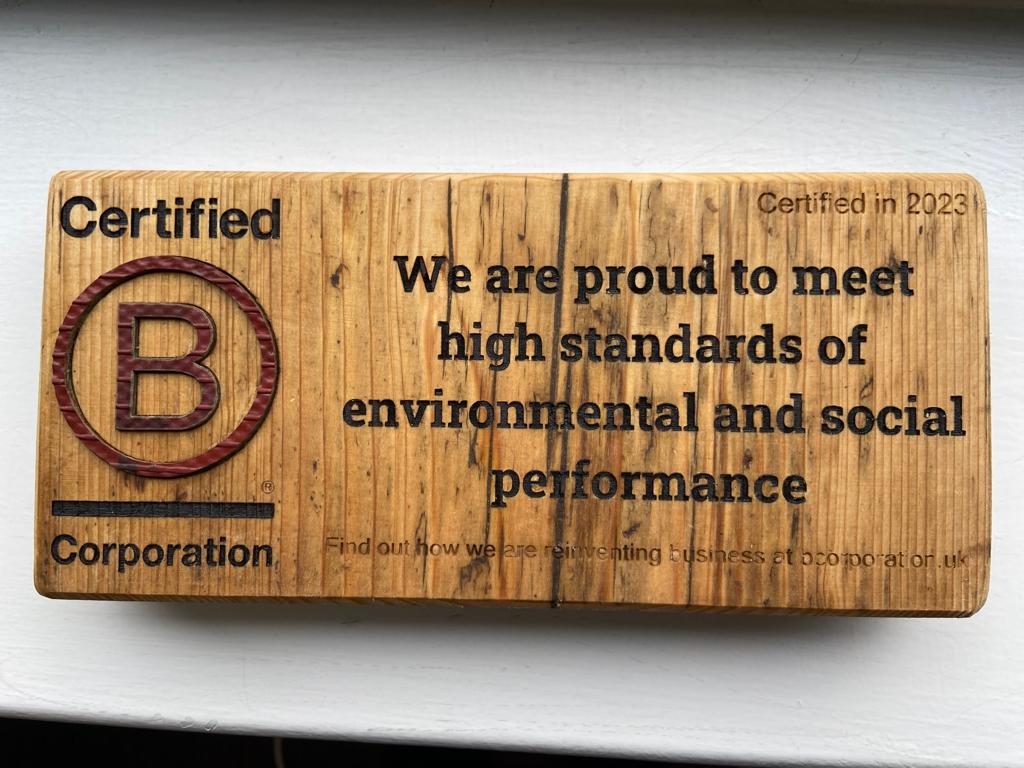The nation is facing a cost of living crisis with the lowest earners being affected the most. The Chancellor’s recent Autumn Statement has brought the phrase, The Squeezed Middle, back into focus as proposed tax changes will drag millions of ordinary Britons into higher tax bands. That, together with increased interest rates with the consequential higher mortgage rates, plus sky high inflationary pressures and massive spikes in energy and food costs collectively mean middle Britain is being squeezed the tightest that it has been for over four decades.
Many may be able to recognise this feeling now or can see it is on its way and are beginning to change their behaviours.
We were very recently with a savvy High Street business leader who told us that squeeze is now apparent and being felt by many of the buying public. Some other High Street business owners had shared with him that the middle earners had begun to spend less. The top end of the market is still spending, it always does, and the price sensitive end of the market still remains.
That very point is made by the author of the world’s top selling business planning book, Professor Malcolm McDonald, which he discusses every year at his Masterclass on our LEAD™ program to local business leaders.
Drawing on over half a century’s market research and experience from every continent of the world, Malcolm argues that the shape of markets from birth to maturity follow the following shape:

At the top end of the market are the more expensive products/services and at the bottom the inexpensive, more price-sensitive products/services. The majority of the market is the mass market in the middle. As the market grows, new entrants join the market offering variants of the product/services and the [middle] market breaks into smaller groups, while the market still grows. However, as markets mature or enter a period of recession, the top end of the market is immune (as the High Street business leader discussed with us), the lower end may see some market growth but it is the middle market that suffers (as reported by the High Street business leader’s neighbours).
So, what can we learn from this? What is the remedy?
The answer lies in a concept called market segmentation. Competing on price assumes that this is the main requirement of customers, however this is often not the case. We suggest that identifying the real needs of customers and delivering that value in different market segments will bring healthier returns.
Markets tend to fall into natural groups, or segments, with customers who have similar buying habits (or needs). We encourage business leaders to take some time away from day-to-day pressures to stop and consider what segments exist in their markets and why customers buy what they buy.
There are five real case studies of businesses QuoLux™ has worked with which we discuss in the final chapter of Malcolm’s best selling book, Marketing Plans: How to prepare them, how to profit from them.
If you wish to buy a copy of the book please click here.
The Office for Budget Responsibility has confirmed that the UK is now in recession and that this may last for 18 months. Now, more than ever, business leaders must ensure that their products/services have the greatest appeal to the most promising of customers.
What are you going to do next?
Keep up-to-date on the latest leadership and management tips by signing up to our weekly blog here




